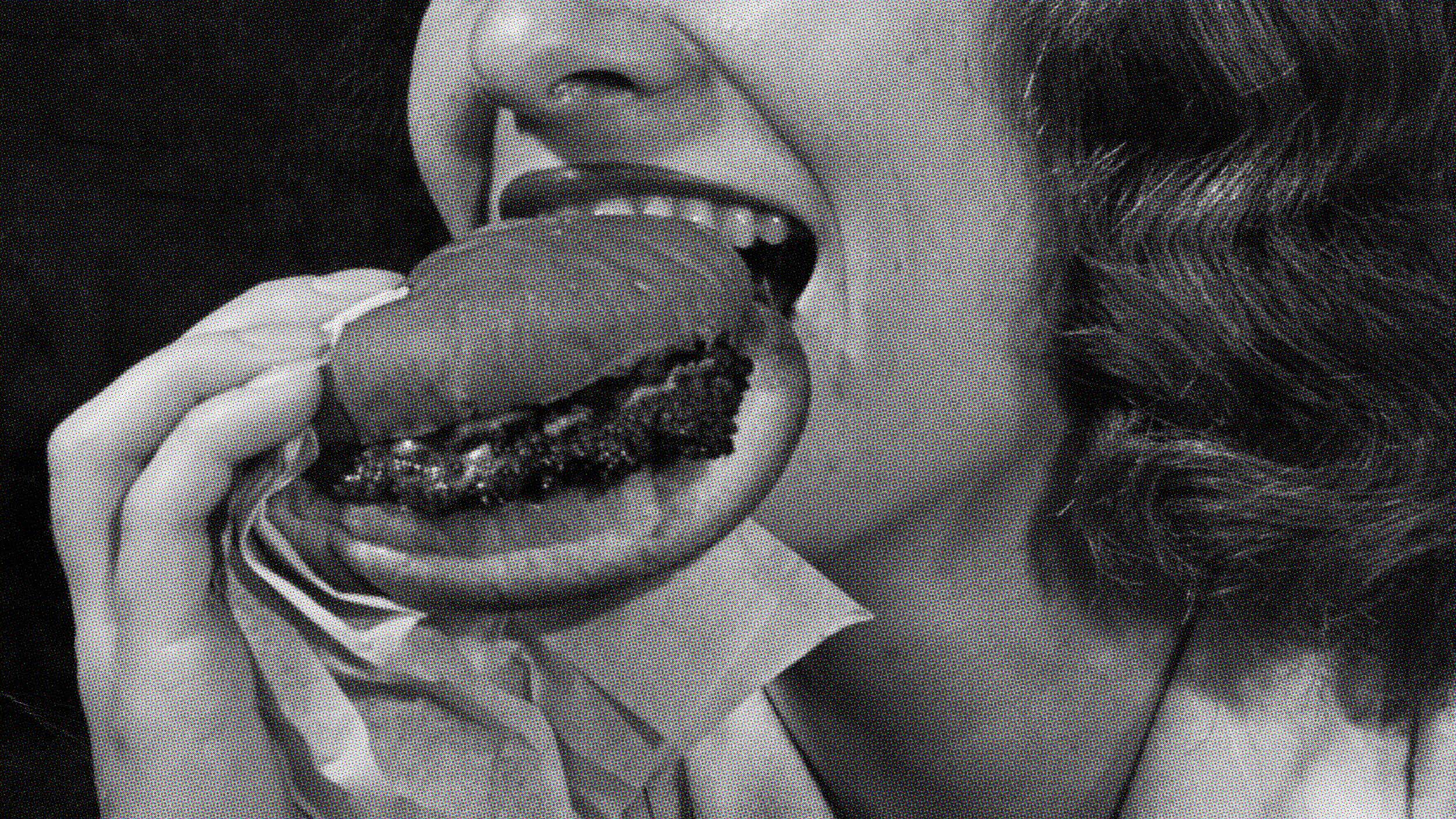What is schizophrenia? As the psychiatrist and author of “The Protest Psychosis” explains, its definition has shifted radically over time, becoming increasingly tied to racial politics.
Question: What is schizophrenia, and what is schizophrenia not?
Jonathan Metzl: So in terms of present day psychiatry, I mean, as you mentioned there have been changes with every new version of the DSM, the Diagnostic and Statistical Manual that have come out, that have sharpened our understanding of what schizophrenia is, and so in the present day we think of schizophrenia as an illness that the main symptoms are delusions, hallucinations, most hearing voices, sometimes seeing things, kind of losing touch with reality, also paranoia, feeling like people are out to get you and social withdrawal, what are called negative symptoms, so cognitive withdrawal, social withdrawal, so it’s a very debilitating, very serious mental illness, but as you mentioned this definition has changed over time and it’s also changed in relation to changing popular perceptions about how people with schizophrenia act.
Question: How was schizophrenia originally defined, and how has this definition changed over time?
Jonathan Metzl: Sure, so in my book that’s in part the story I tell, is how changing psychiatric definitions of schizophrenia and changing American cultural definitions of schizophrenia really have morphed in relation to each other over time and particularly in relation to histories about race in the United States, so one of the central narratives of the book is that in particularly the early 1920s, 1930s, 1940s when the idea of schizophrenia itself was first coming to the United States from Europe there was a general assumption that persons who suffered from schizophrenia were either shy or calm or they were geniuses. It was often represented as an illness that afflicted white novelists or poets and as I say, these were very often in popular and psychiatric representation assumed to be white people. Now this was a... you know a kind of gross generalization, but in part what was happening was that the illness itself was defined almost as a personality disorder, like a split personality, so it was taken up by psychoanalysts, used in psychoanalytic sessions and popular representation really picked that up. Two instances from this time period that I think are very important, one is a film that came out in 1948 called The Snake Pit, which was an Olivia de Havilland movie made from a book several years earlier of the same name and it really showed schizophrenia as being an illness that afflicted in particular white middle class women. Also when early versions of the Diagnostic Manual came out in the early 1950s it really was… It was called at that time schizophrenic reaction, and it was assumed to be mostly a personality condition.
All of a sudden in the 1960s, American culture, newspapers, magazines, movies start to represent angry African-American men as in part being inflicted with a new form of this particular illness, so in the book I show some drug ads, for example, that actually show pictures of urban riots and race riots in the streets, and talk about how really the illness… assumptions about the illness change and the other key thing that happens in the 1960s is that the official psychiatric definition changes. All of a sudden in 1968, the second version of the Diagnostic Manual comes out and there is new language that says aggression, hostility, projection. This is all added to the definition of paranoid schizophrenia, and what I show is that those terms were preferentially used not only to talk about these new kinds of patients, African-American men, but also to change our ideas about how violent people with schizophrenia are, how hostile they were, how they might act, which led to a lot of fear.
Question: Was the racialization of schizophrenia conscious or unconscious?
Jonathan Metzl: Even the people who we might think of as being problematic in a way, doctors who were at that point overdiagnosing schizophrenia in African-American men, I found so… I mean the drug ads I would say are, and I invite people to look at the images. They’re in the book. They’re… I mean I don’t know what the people were thinking at the time, but they were just problematically racist and I think it’s hard not to look at those ads and see anything else, but in general I think that many of the doctors in the sources that I look at were actually trying to help people. They were using the new state-of-the-art diagnostic criteria that were coming from their profession, and I found relatively few examples of people actually trying to hurt people. What they were saying was is, oh, here is a new definition of illness that we can apply to people and I think a lot of the changes were happening as you suggest, at a much bigger level, institutional levels, structural levels, the level of the kind of cultural unconscious in a way that was shifting how we thought about these people. So you know a few examples from the hospital I looked at. I tell the story of different groups of patients through the book project and some of the key people I talk about were African-American men and let me just back up first and say that this was a hospital, the Ionia State Hospital for the Criminally Insane that is or was about three hours north of Detroit and it’s kind of a central part of the story I tell because in the 1920, ‘30s, ‘40s, ‘50s the census listed the majority of patients in the hospital as being members of a category called US whites and most of the patients were from the rural Midwest. About 30% of the hospital were women and there were assumptions that these patients were… especially patients with schizophrenia were not particularly violent, so they would take these people out on fieldtrips, bring them to the State Fare, have them go and interact with the community.
All of a sudden, in the 1950s and really the 1960s, you see increasing numbers of African-American men brought to the hospital from Detroit for various reasons. Some had committed crimes, some had participated in civil rights protests, some had been participants in urban riots at the time. They all passed through various forms of the penal system and ended up diagnosed with schizophrenia and locked in the psychiatric wards and so it was a very complicated question for me. How did these men end up diagnosed with schizophrenia? Was it because of some inherent illness? Was it because of their participation in antigovernment protests? Was it because they had been abused in the prison system? I found evidence for all three of those narratives, but what was interesting was the early people, the women who had been diagnoses with schizophrenia were all re-diagnosed as suffering from depression or bipolar disorder and a lot of them were let go actually in the deinstitutionalization movement, but many of the men who had been part of these protests actually ended up staying in even as the hospital itself changed into something where security was much more of an issue and you see the hospital itself develop more and more fences, barbed wire, moats and actually at the end of the story I tell, the hospital itself becomes a prison in 1977 and functioned for about the next three decades as a medium security prison. So it really was this transformation not just in assumptions about schizophrenia, but about how we think about people with schizophrenia as being initially kind of docile and harmless to being threats, and in fact threats that needed to be in prisons in addition to psychiatric hospitals.
Recorded on January 29, 2010
Interviewed by Austin Allen





